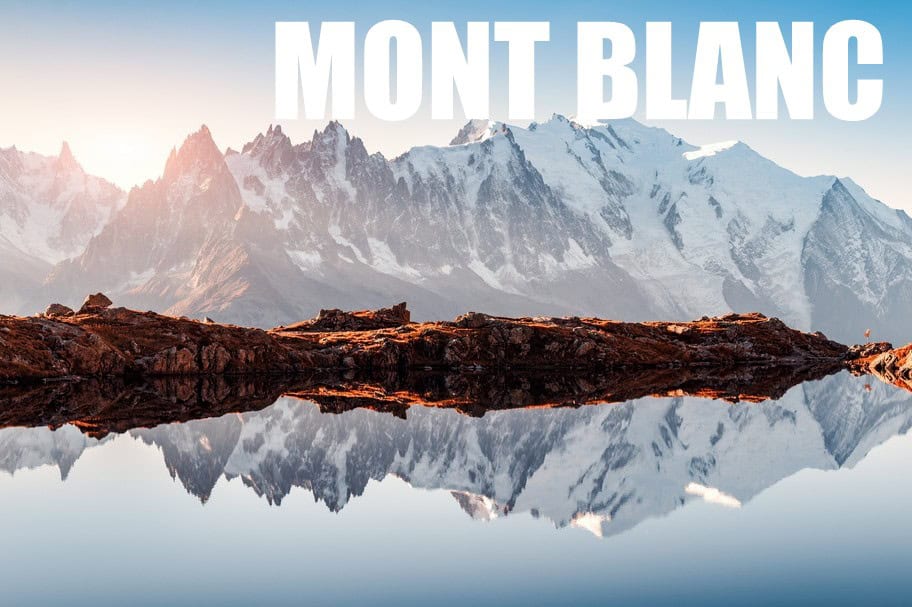
Where is Mont Blanc Located?
Mont Blanc is located on the border between France and Italy, in the Alps mountain range. The mountain itself is approximately 30 miles (48 kilometers) long and 10 miles (16 kilometers) wide. The Alps are Europe’s highest and most extensive mountain range, spanning across eight countries: France, Switzerland, Italy, Germany, Austria, Liechtenstein, Slovenia, and Monaco.
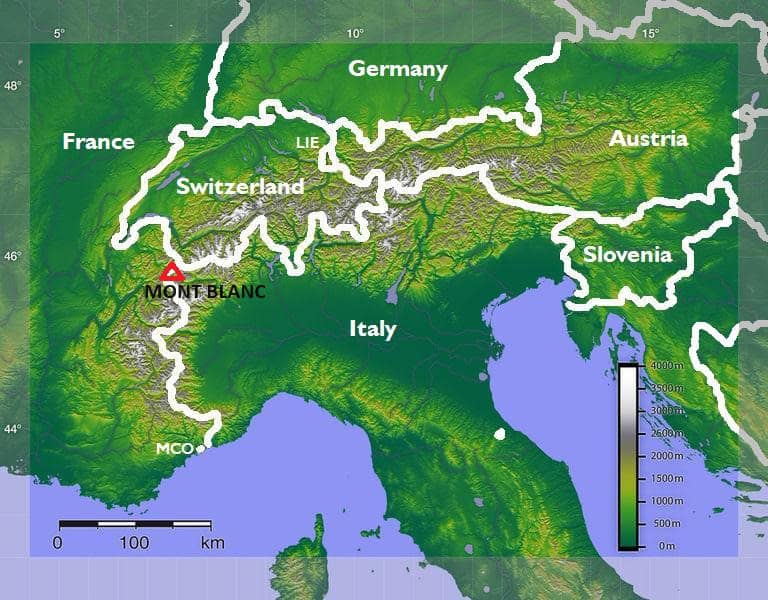
How Tall is Mont Blanc?
Mont Blanc is 15,777 feet (4,808 meters) tall. It is the highest mountain in the Alps and Western Europe, making it one of the world’s most famous mountains and a popular destination for mountaineers.
How Was it Formed?
Mont Blanc was formed millions of years ago through the collision of the African and Eurasian tectonic plates. During this process, known as orogeny, the edges of the plates were compressed and folded, resulting in the creation of the Alpine mountain chain. The immense forces involved in this tectonic activity created Mont Blanc.
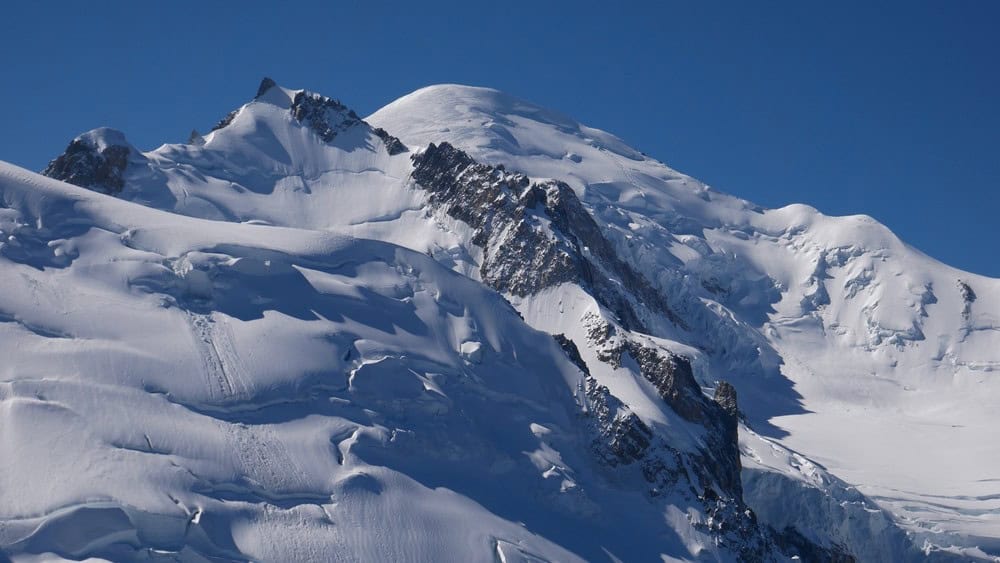
Even today, Mont Blanc is still subject to geological forces. The tectonic plates continue to move, albeit slowly, causing the Alps to rise at an estimated rate of 0.04 inches (1 mm) per year.
How Long Does it Take to Climb?
Climbing Mont Blanc typically takes 2 to 3 days, depending on the route. However, note that climbers often spend additional days acclimatizing to the altitude prior to attempting Mont Blanc to reduce the effects of altitude sickness.
How Hard is it to Climb Mont Blanc?
Climbing Mont Blanc is a big challenge, requiring high levels of endurance and ideally— mountaineering experience. The challenge of climbing Mont Blanc lies in its altitude, technical routes, and potentially unfavorable weather. The ascent involves navigating glaciers, snowfields, and rocky terrain, requiring climbers to be familiar with the use of ice axes, crampons, and rope techniques. The risk of crevasses, avalanches, and sudden weather changes add to the mountain’s difficulty.
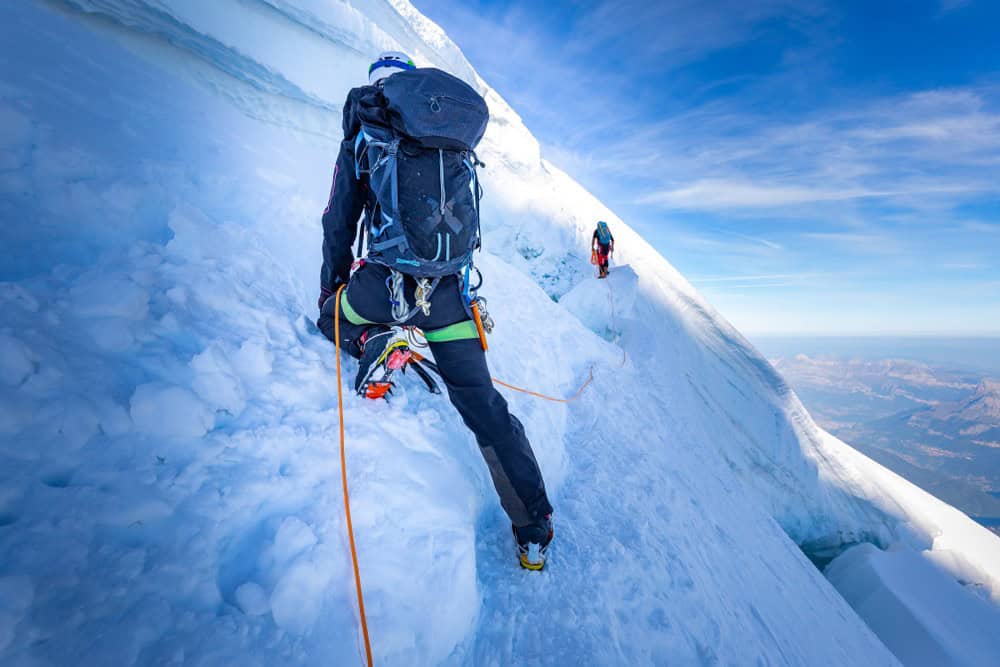
Acclimatization is very important for a successful climb. The thin air at high altitudes can lead to headaches, nausea, and fatigue, making acclimatization a critical part of the preparation.
What is the Success Rate?
The success rate for climbers on Mont Blanc is around 50%. Proper preparation, acclimatization, and favorable weather conditions are key factors influencing success. Many climbers fail due to a lack of fitness, poor weather or insufficient acclimatization.
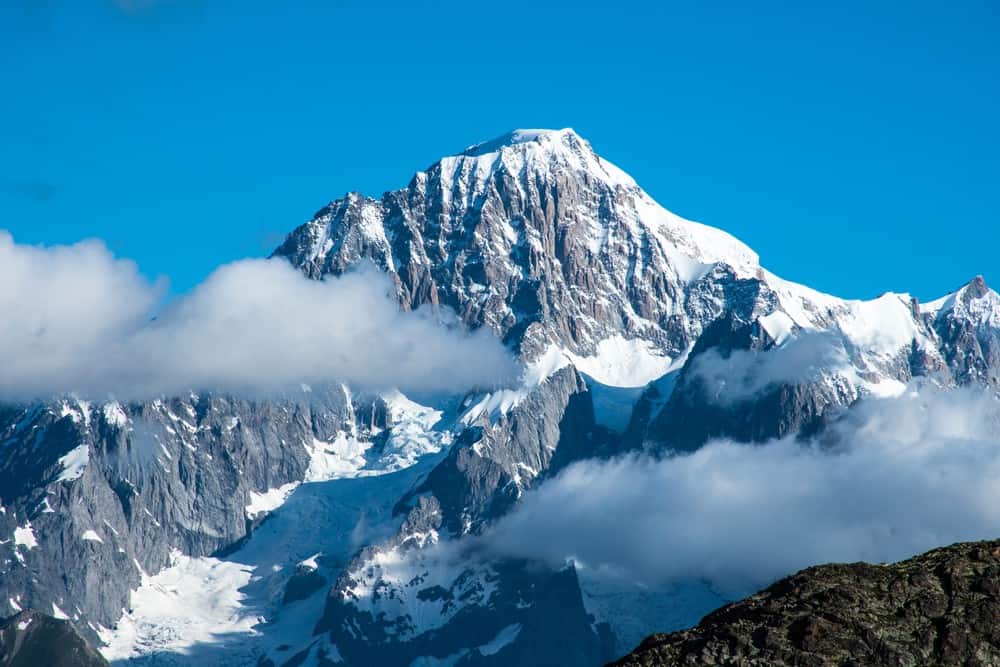
How Dangerous is it to Climb Mont Blanc?
Climbing Mont Blanc presents a real danger. It is known as Death Mountain and the White Killer because of its fatality rate—an average of 10 deaths per year. Note that this is a relatively low number compared to the world’s deadliest mountains. The fatalities that do occur are due to a combination of threats, including altitude sickness, weather conditions, technical challenges, rockfall, and avalanches.
On the most popular Gouter Route, rockfall is a tremendous hazard. The Grand Couloir, also known as “la bolera” (the bowling alley”), is notorious for its frequent and unpredictable rockfalls. One study showed that during the three peak months of the climbing season, an average of 21,350 people cross the Grand Couloir annually, with an average of 3.7 fatal accidents each year.
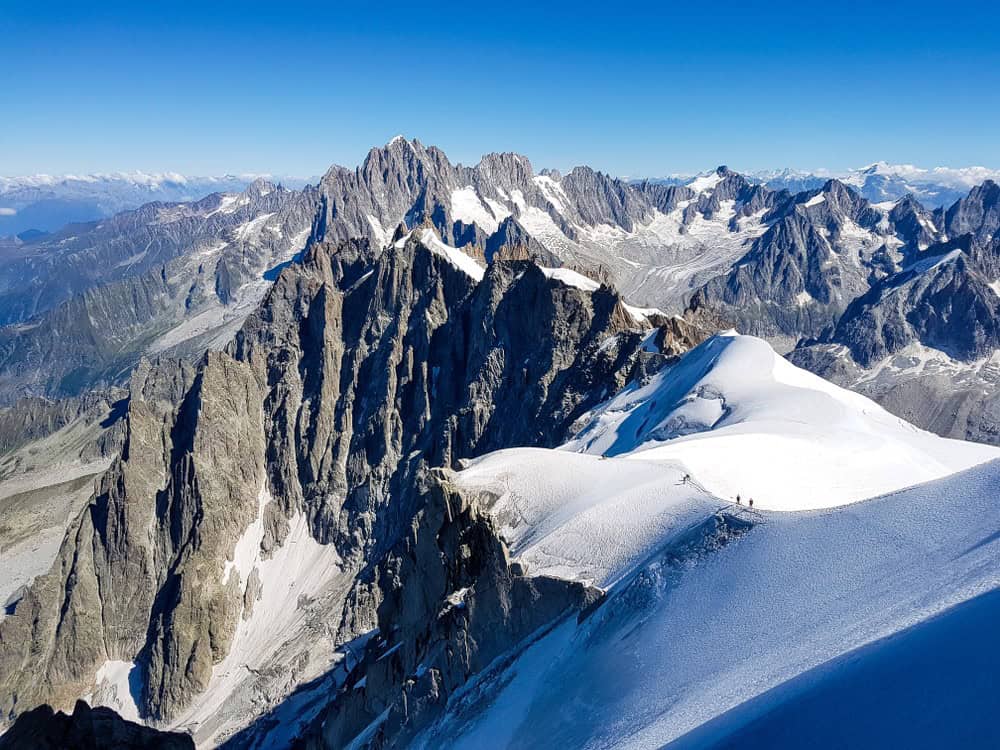
Can Beginners Climb Mont Blanc?
While Mont Blanc is not the most technically demanding mountain, it is not recommended for complete beginners. Climbers should have some experience with high-altitude mountaineering and be very physically fit (great cardio). That being said, technical experience is not a prerequisite. Many guide companies take people with little to no experience on Mont Blanc, provided that they complete some training on another mountain, such as Gran Paradiso, as part of the trip.
Who Was the First Person to Climb Mont Blanc?
The first successful ascent of Mont Blanc was completed by Jacques Balmat and Dr. Michel-Gabriel Paccard on August 8, 1786. This ascent is often regarded as the birth of modern mountaineering. It brought fame to the Chamonix valley and highlighted the potential for tourism and exploration in the region.
How Many People Climb Mont Blanc Per Year?
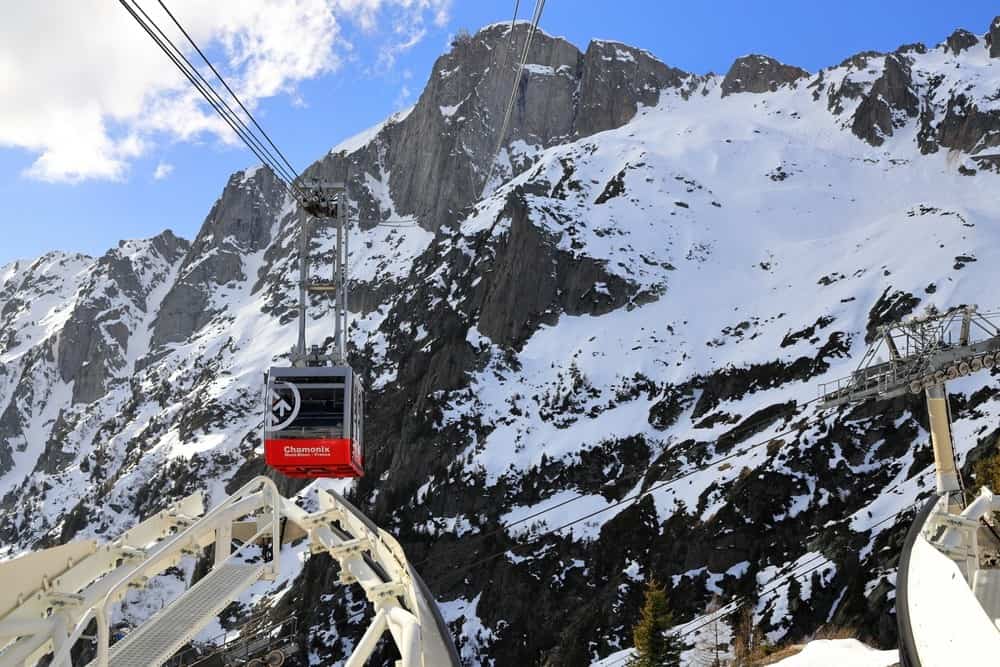
Approximately 20,000-30,000 people attempt to climb Mont Blanc each year. The mountain’s popularity and accessibility contribute to the high number of climbers.
How Do You Train to Climb Mont Blanc?
Training for Mont Blanc involves preparing for high altitude, technical climbing, and physical endurance. Climbers should focus primarily on aerobic conditioning, supplemented by strength training. A good goal is to be able to comfortably climb 1,500 vertical feet (457 vertical meters) per hour with a 40 lb (18 kg) pack.
What is the Best Time to Climb Mont Blanc?
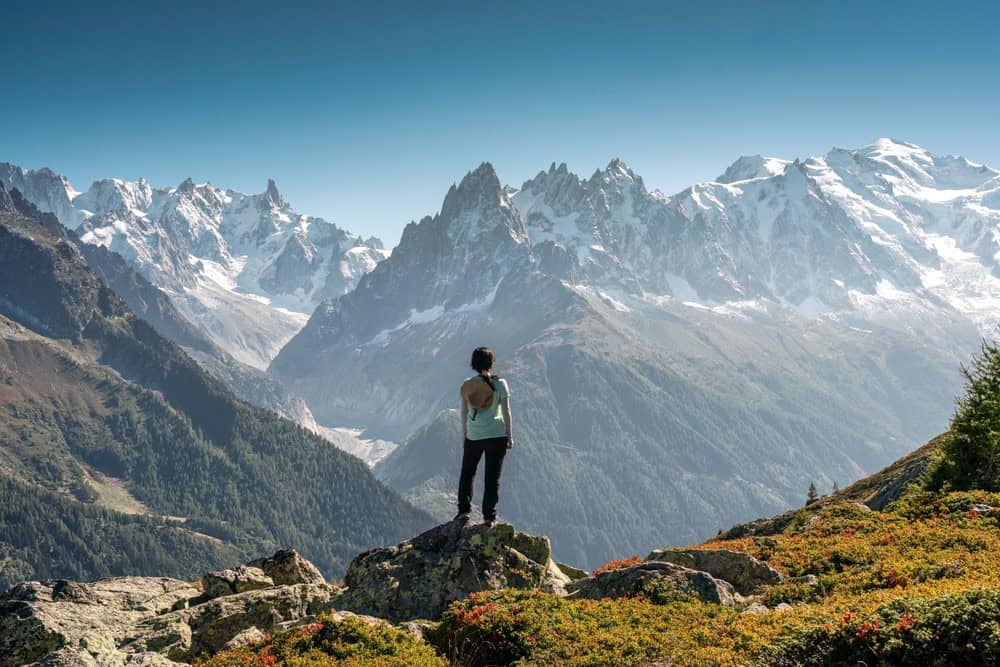
The optimal time to climb Mont Blanc is during the summer months, from June to September. During this period, the weather is generally more stable, and the temperatures are less severe, providing better conditions for climbing.
How Many Climbing Routes Are on Mont Blanc?
Mont Blanc offers several climbing routes, with the most popular being the Gouter Route followed by the Three Monts Route.
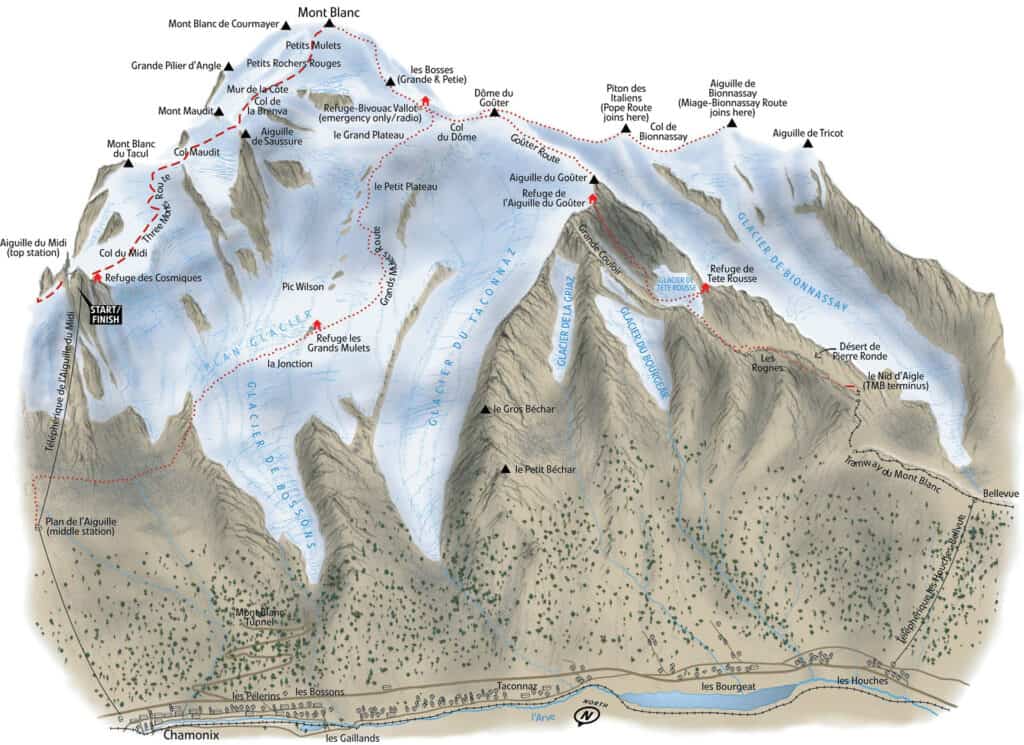
Gouter Route: The Goûter Route is the most popular and least technical way to reach the summit of Mont Blanc. It is often chosen by those who prefer a relatively straightforward climb with established refuges along the way. The route typically starts from Les Houches, leading to the Tête Rousse Hut. From there, climbers cross the notorious Grand Couloir, known for frequent rockfalls, and ascend via a rocky scramble to the Goûter Hut. After an overnight stay at the Goûter Hut, the final push to the summit involves climbing the Dome du Goûter and crossing the Bosses Ridge. This route is physically demanding and requires good acclimatization but does not involve highly technical climbing.
Three Monts Route: The Three Monts Route is a more technical and demanding route. Starting from the Aiguille du Midi, climbers traverse Mont Blanc du Tacul, Mont Maudit, and finally Mont Blanc itself. This route involves steep snow and ice slopes, crevasse navigation, and the use of fixed ropes. Climbers must be proficient with crampons and ice axes and be prepared for the risks associated with serac falls and avalanches. The Three Monts Route is often chosen by experienced mountaineers looking for a more adventurous ascent with stunning alpine scenery.
Italian Route (Pope Route): The Italian Route, also known as the Pope Route, approaches Mont Blanc from the Italian side, starting in Courmayeur. Climbers ascend via the Gonella Hut, crossing the Miage Glacier and the Dome Glacier. This route involves a longer and more isolated approach, with fewer climbers and more exposure to the mountain’s natural beauty. The climb includes navigating crevasses and ascending steep ice and snow slopes. The final push to the summit from the Col des Aiguilles Grises involves joining the classic Bosses Ridge. The Italian Route is less frequented and requires strong alpine skills.
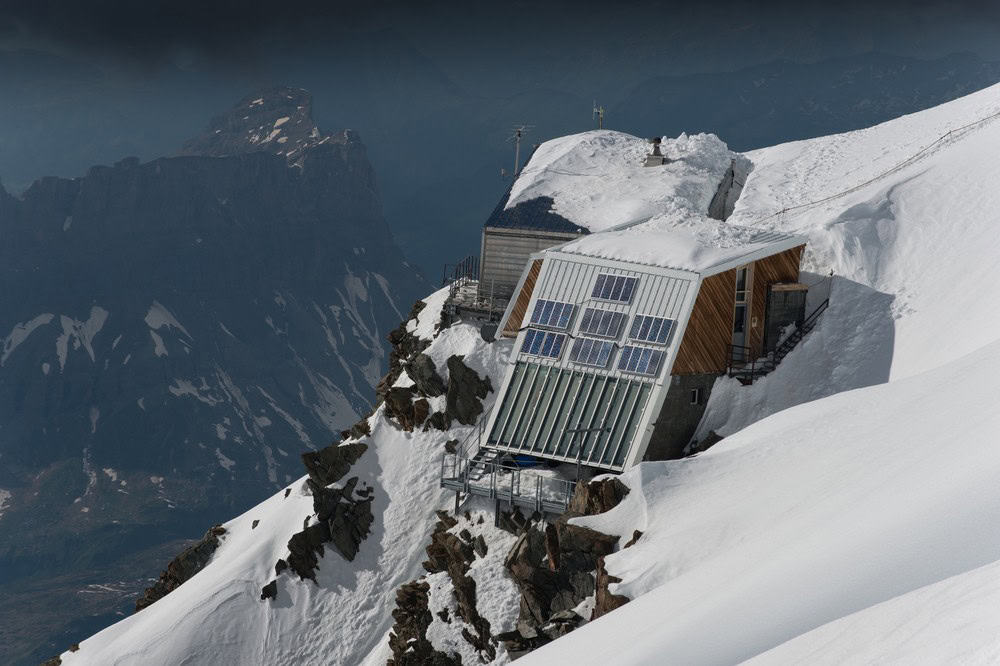
What is Summit Day Like on the Gouter Route?
Summit day on the Gouter Route begins in the early hours to take advantage of the most stable weather conditions. Climbers start from the Gouter Hut and make their way across the Bosses Ridge, navigating snow slopes and icy ridges. The final push to the summit involves a steep ascent, requiring the use of crampons and ice axes.
The descent follows the same route, with climbers typically returning to the Gouter Hut before descending further to the valley. The entire summit day can take 10 to 14 hours, depending on the climbers’ pace and conditions.
Many climbers also summit from the lower hut, Tête Rousse Hut. This will add about two hours to your day.
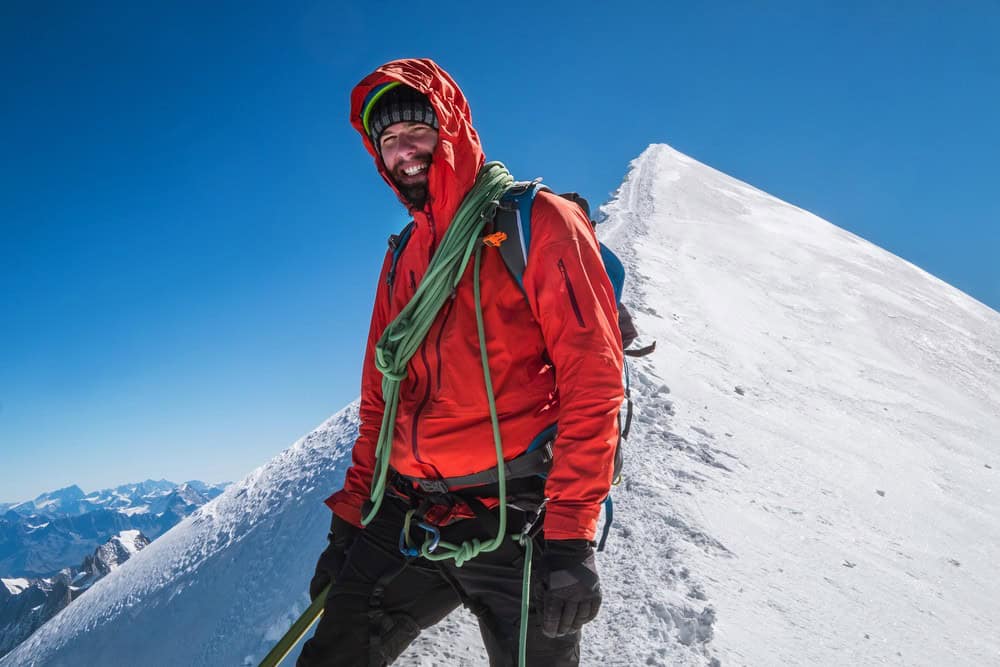
How Much Does it Cost to Climb Mont Blanc?
The cost to climb Mont Blanc ranges from $2,000 to $5,000 USD, covering guides, permits, equipment rental, and accommodation. The price can vary depending on the route, the guiding company, and additional services such as acclimatization programs.
How Does One Travel to Mont Blanc?
Getting to Mont Blanc usually involves flying to Geneva, Switzerland, which is the closest major airport. From Geneva, climbers can take a bus or train to Chamonix, France, a popular base for Mont Blanc expeditions.
Chamonix is an alpine town known as the “gateway to the Alps.” It is a hub for adventure, including world-class skiing, mountaineering, and hiking. The town’s streets are lined with cozy cafes, upscale shops, and historic hotels, creating a vibrant atmosphere that attracts visitors year-round. Chamonix offers a range of services, including equipment rental, guiding companies, and accommodation.
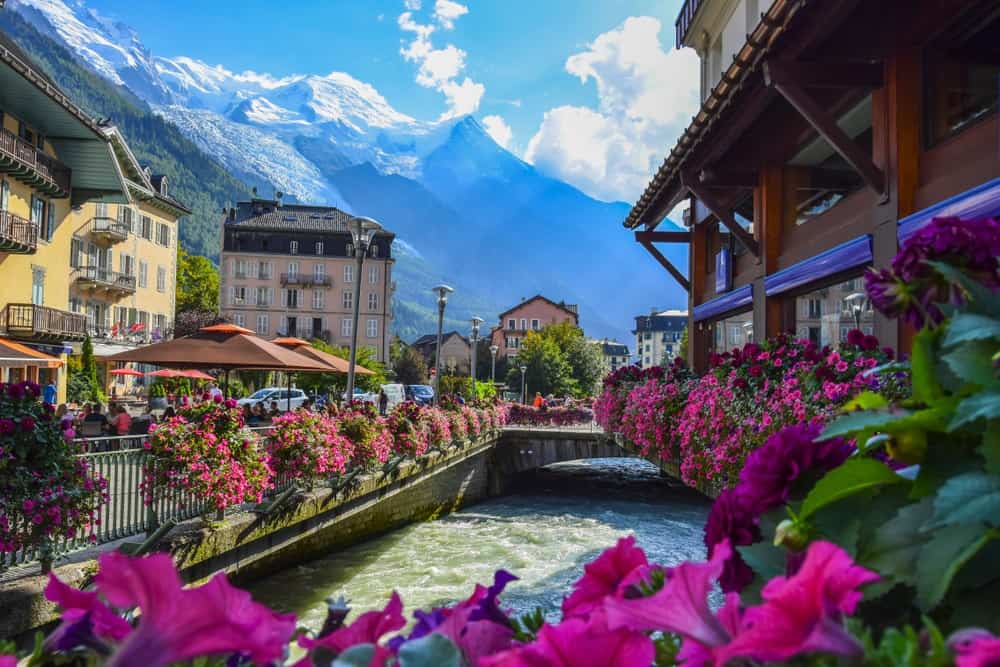
What is the Tour du Mont Blanc?
The Tour du Mont Blanc (TMB) is a famous long-distance hiking trail that circles the Mont Blanc massif, covering approximately 105 miles (170 kilometers) through France, Italy, and Switzerland. Typically completed in 10 to 12 days, the trail provides breathtaking views and a rich cultural experience through charming alpine villages.
Accommodations range from mountain refuges and guesthouses to campsites. The TMB is well-marked and accessible, making it a popular and rewarding trek.
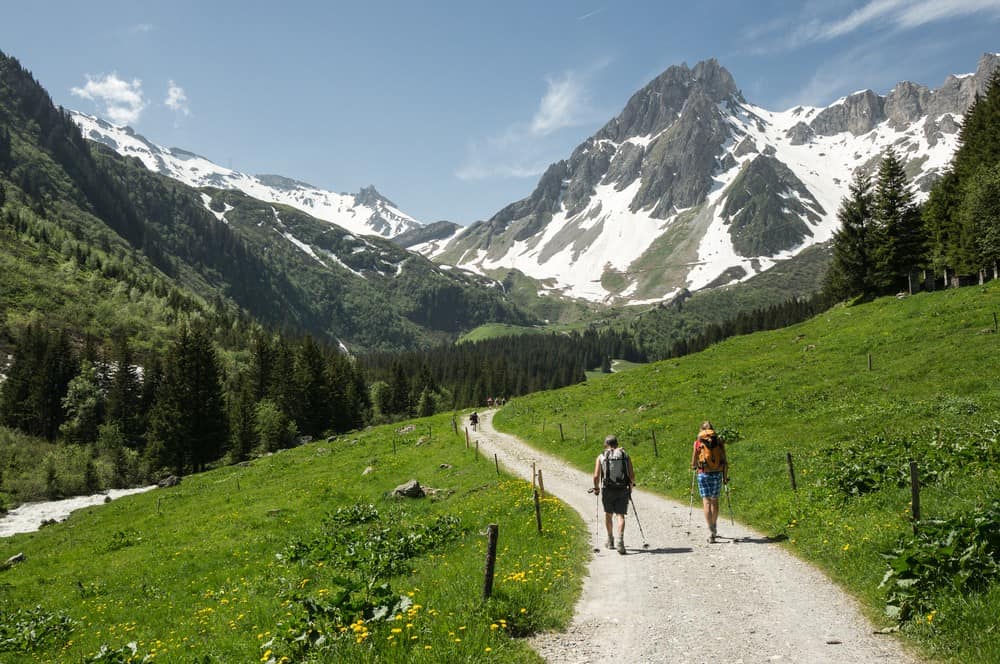
How Does Mount Kilimanjaro Compare to Mont Blanc?
Geologically, Kilimanjaro and Mont Blanc are distinct. Kilimanjaro is a stratovolcano, while Mont Blanc is part of the Alpine range formed by tectonic activity. Kilimanjaro, the highest peak in Africa, stands at 19,341 feet (5,895 meters), compared to Mont Blanc’s 15,777 feet (4,808 meters).
Climbing each mountain are very different experiences.
Kilimanjaro is considered a trekking peak, meaning it does not require technical climbing skills. The routes are walk-ups, though they can be strenuous due to the high altitude. Climbers need to be in good physical condition but do not need prior mountaineering experience. Altitude sickness is the primary risk.
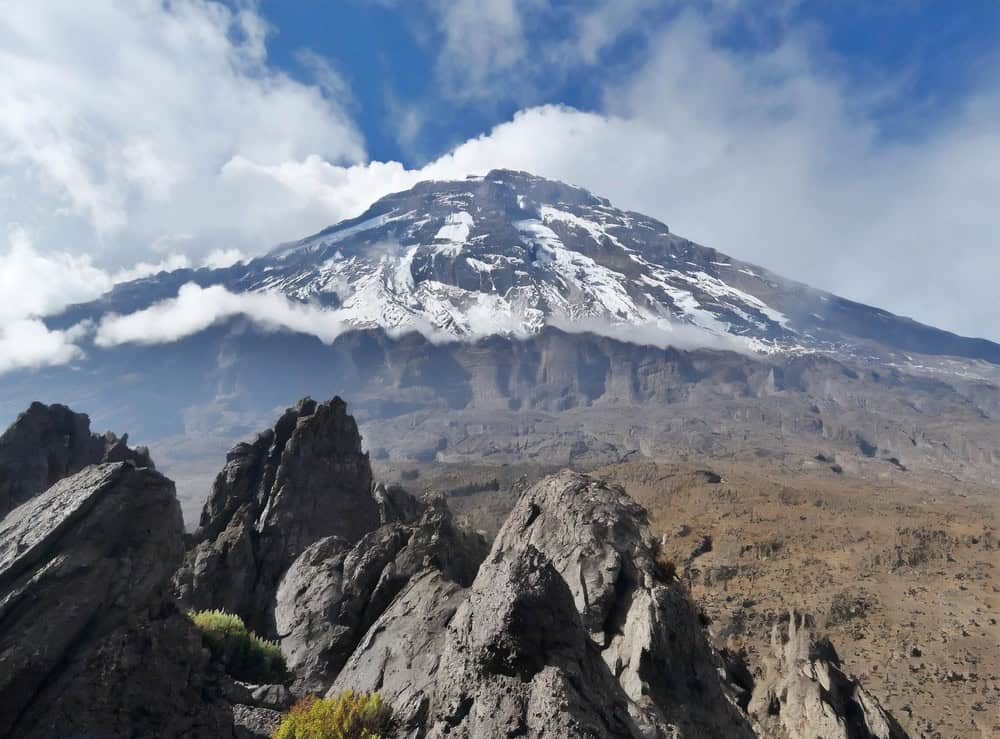
Mont Blanc, on the other hand, requires technical skills such as the use of crampons, ice axes, and ropes. Climbers must be capable of navigating glaciated terrain, so familiarity with high-altitude mountaineering techniques are recommended. Altitude sickness is also a concern, though typically less severe than on Kilimanjaro due to its shorter height. Mont Blanc poses greater technical risks, including crevasse falls, rockfalls, avalanches, and severe weather.
Despite being a shorter climb, Mont Blanc is considered to be much more difficult. The level of fitness required is substantially higher.




























































